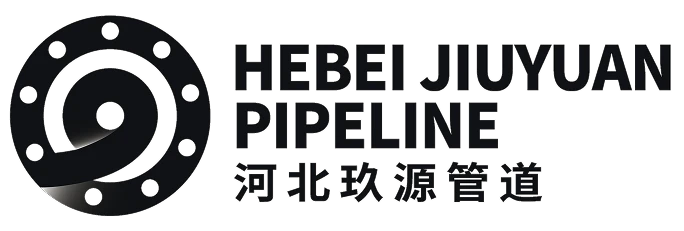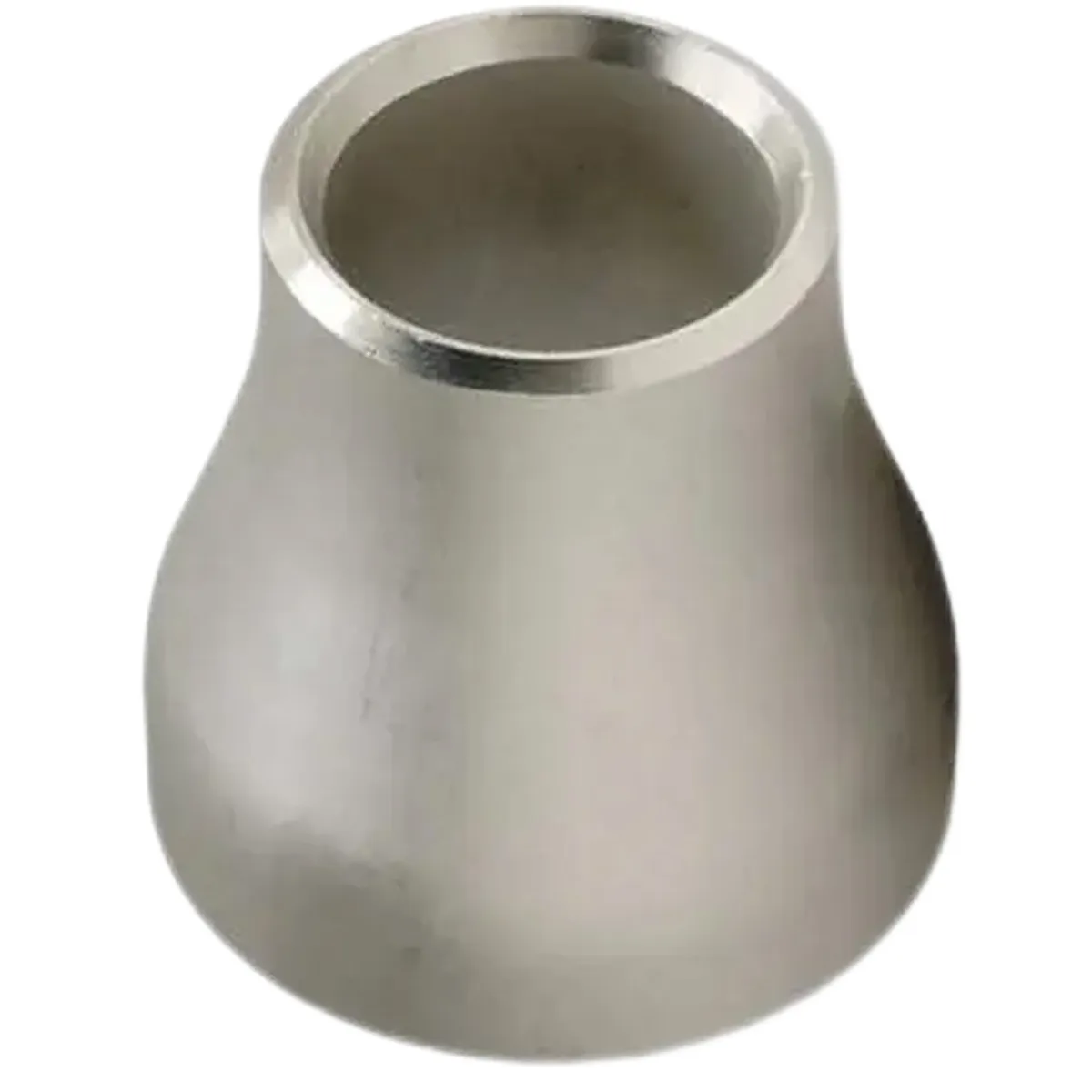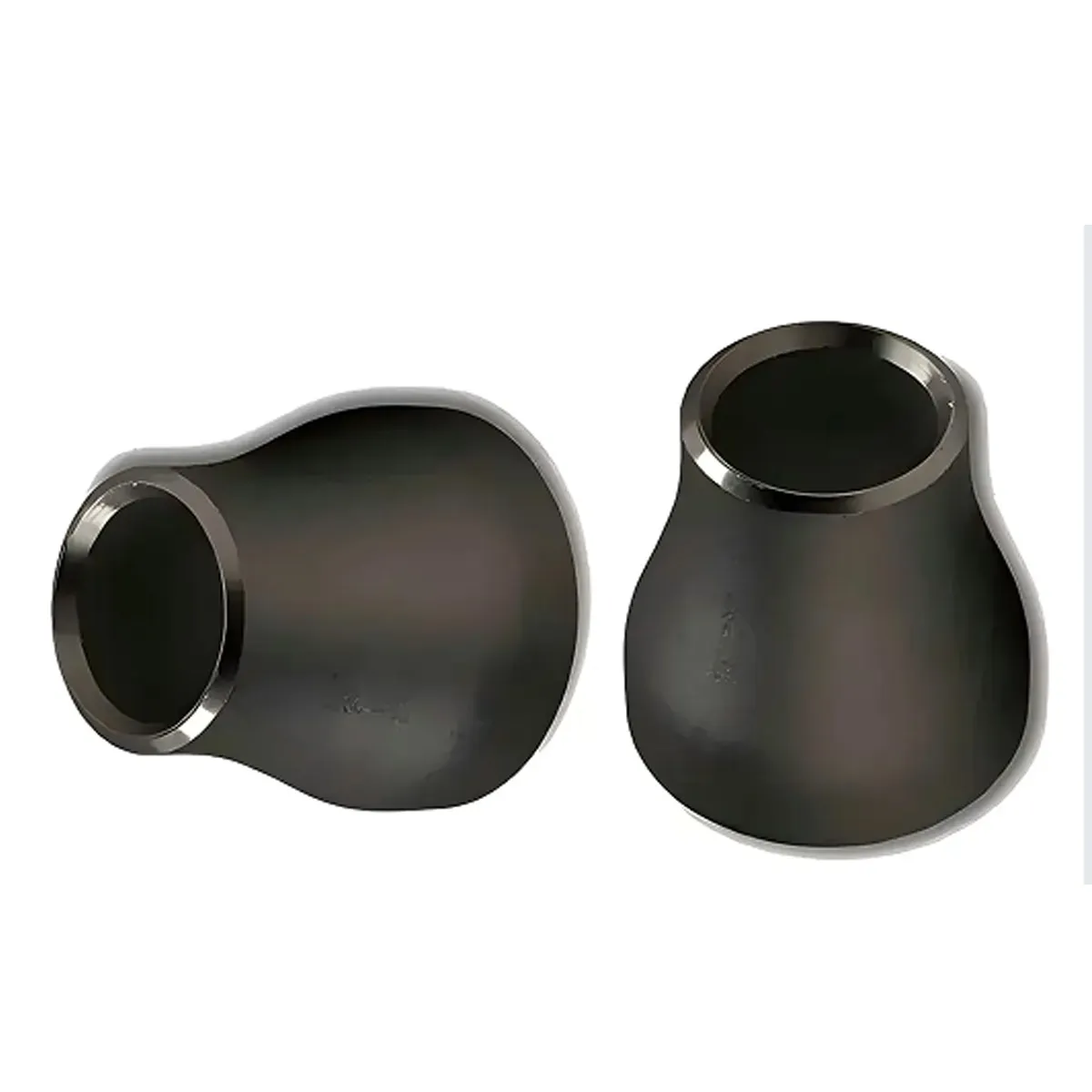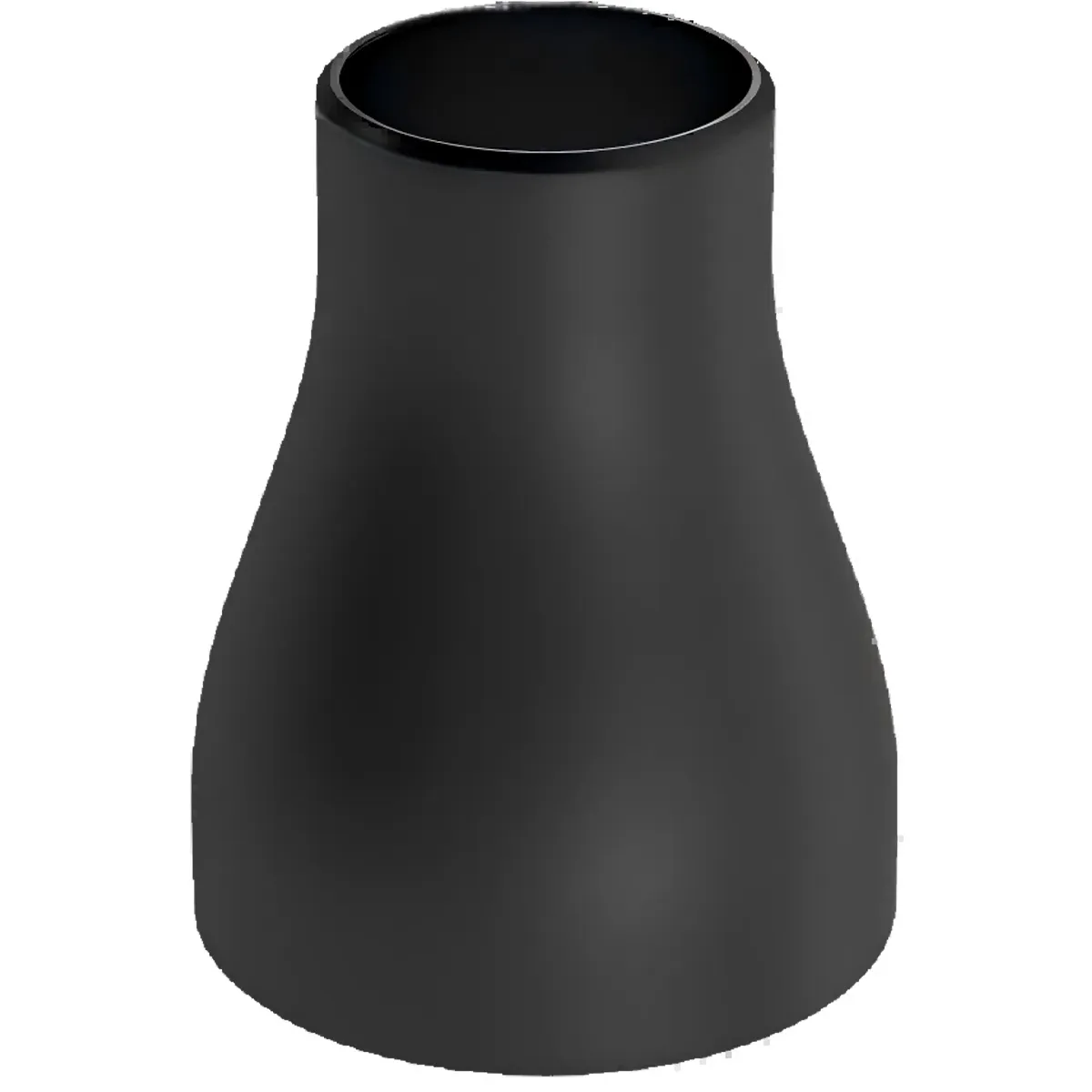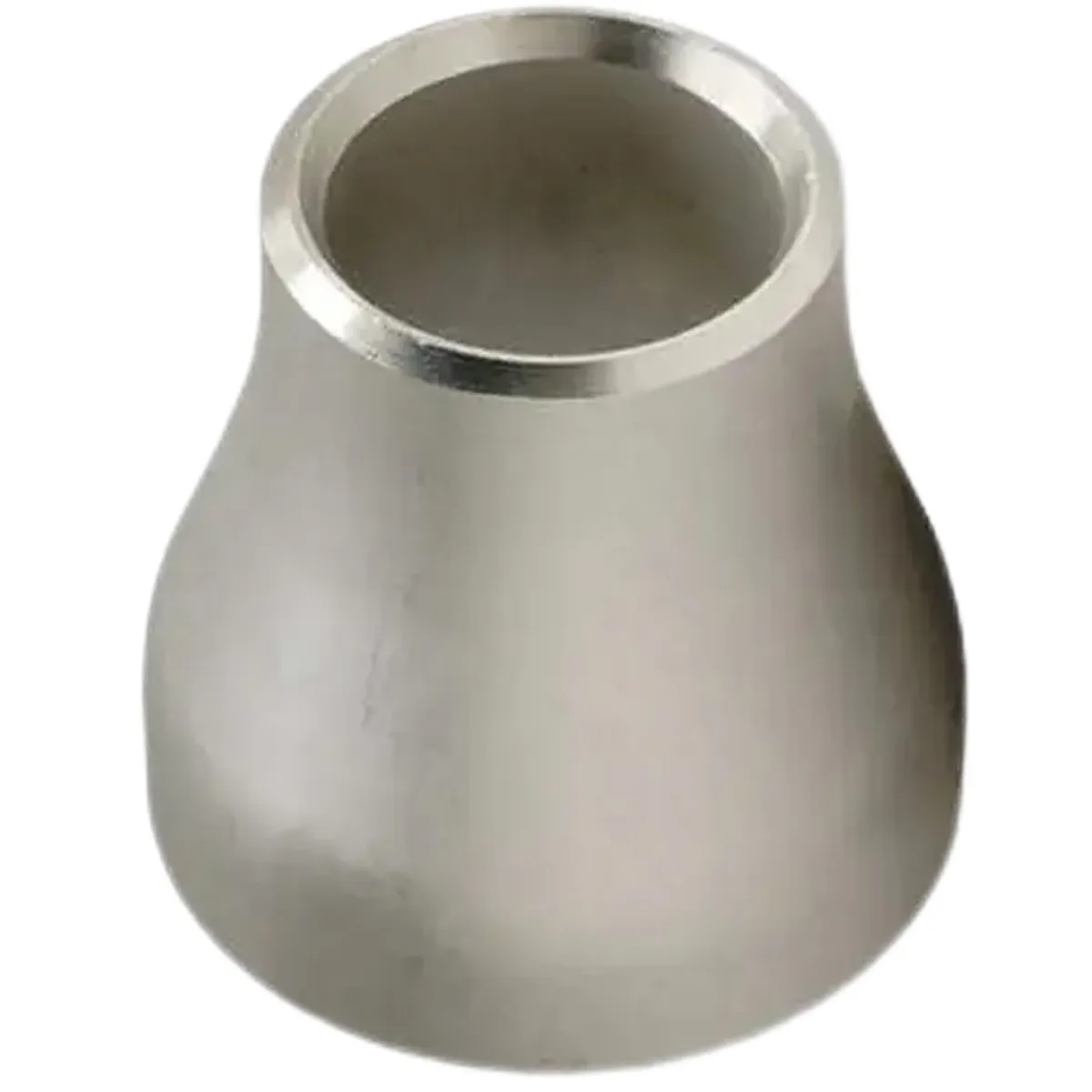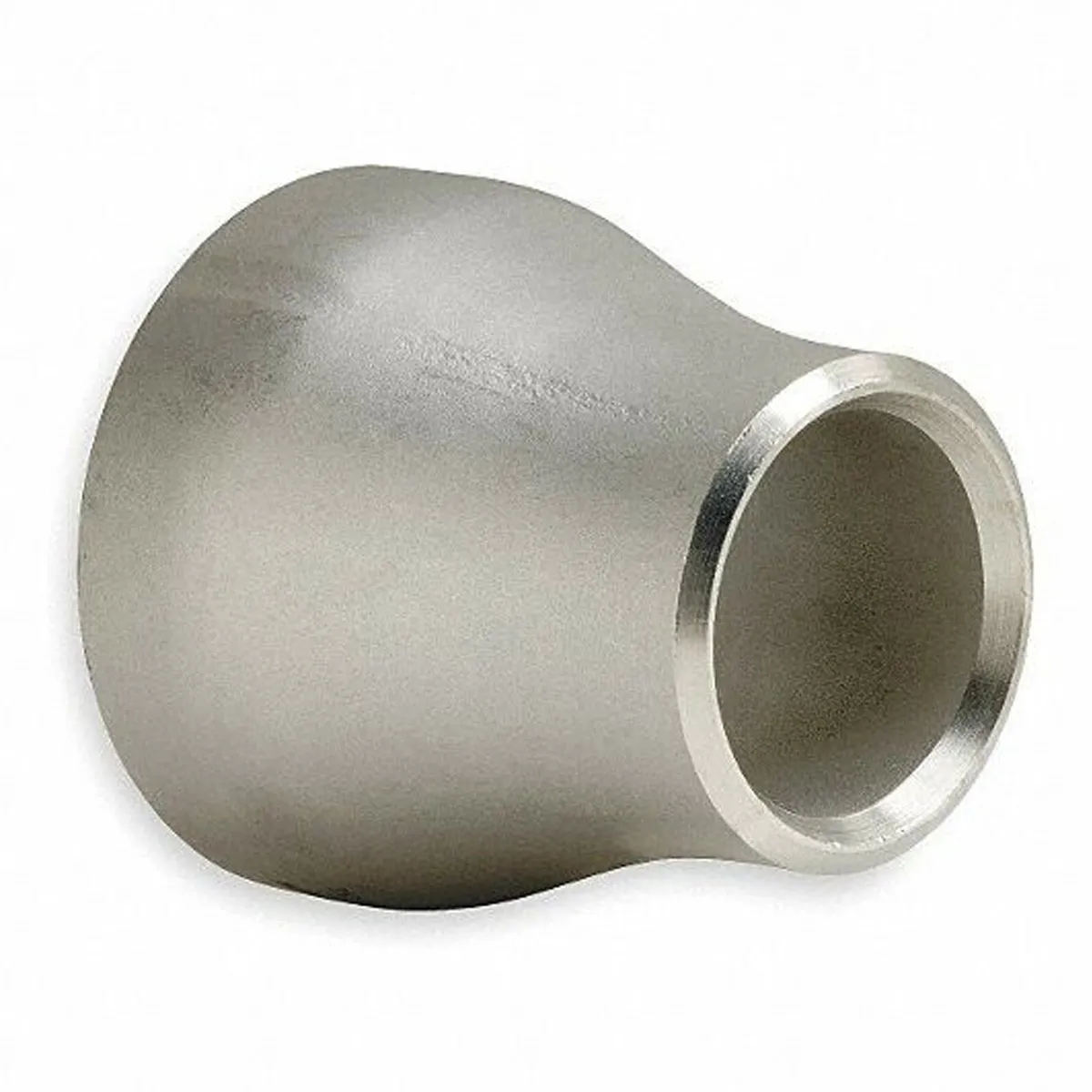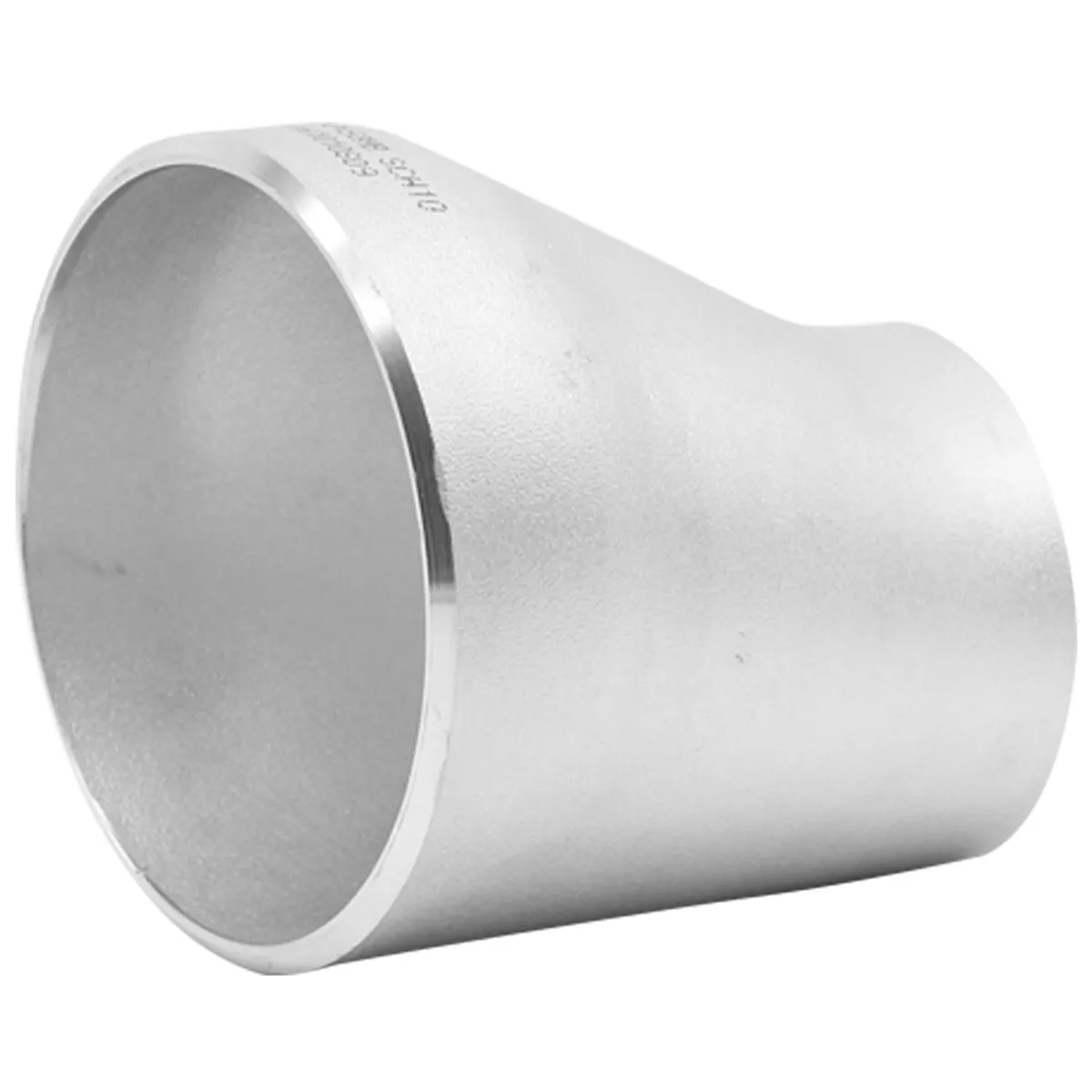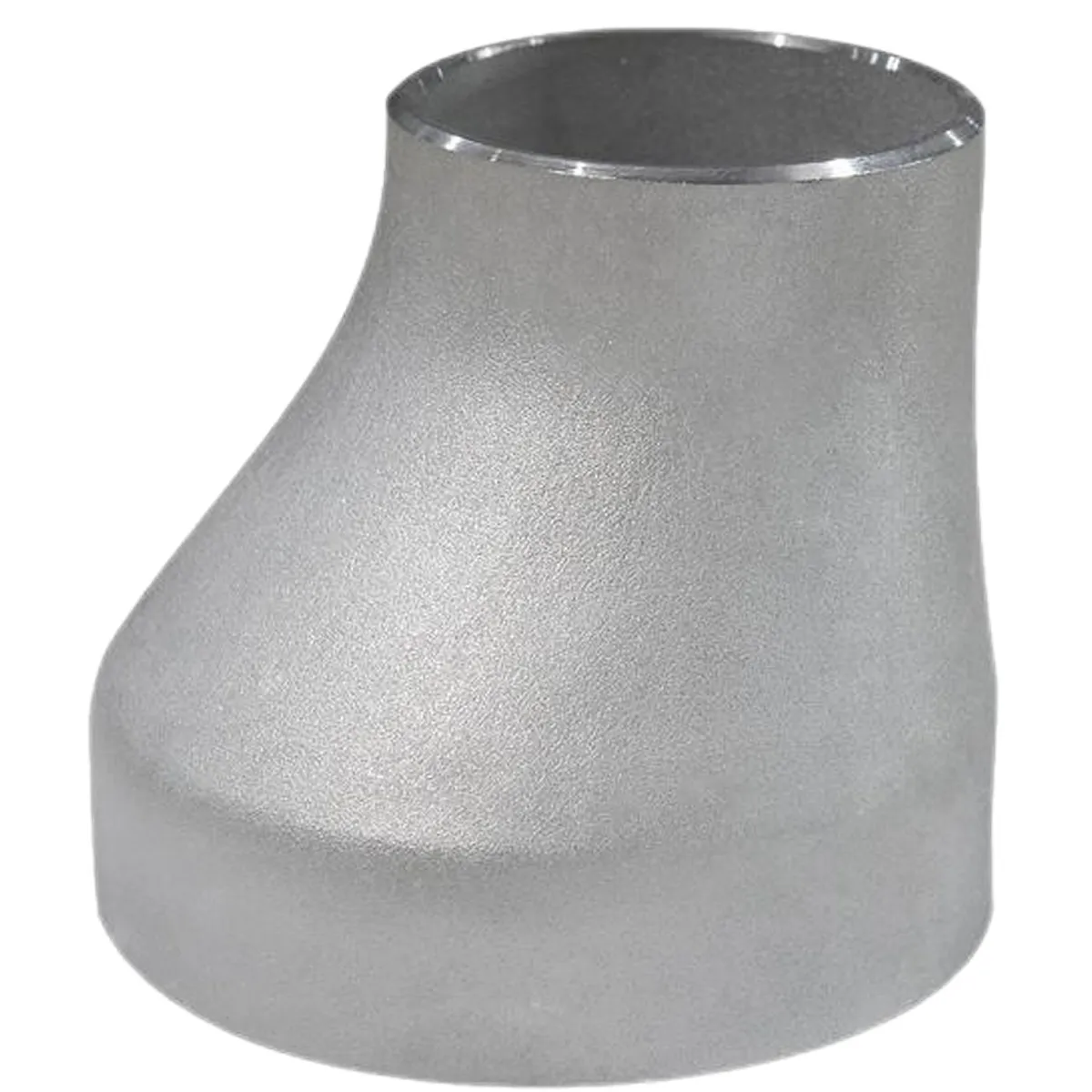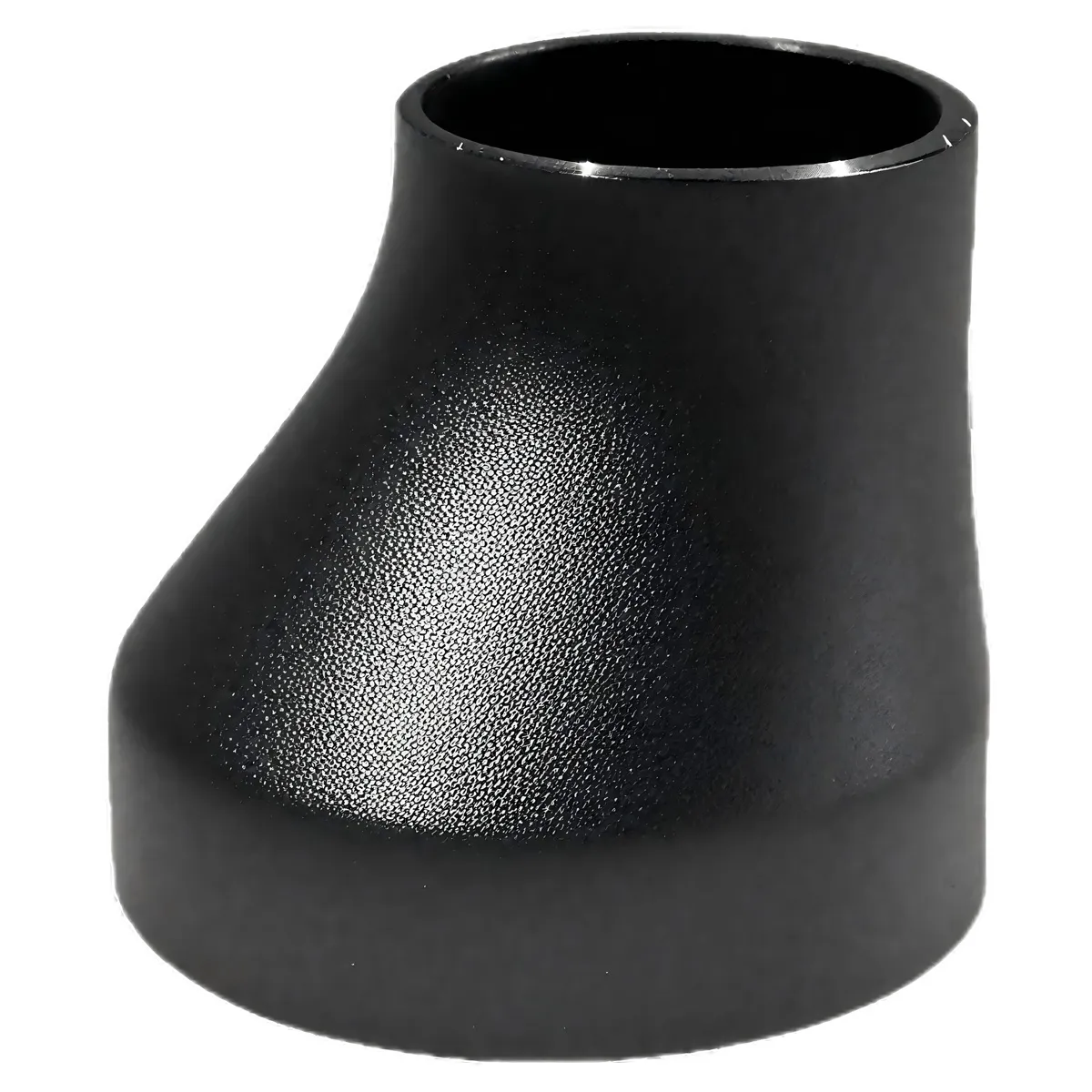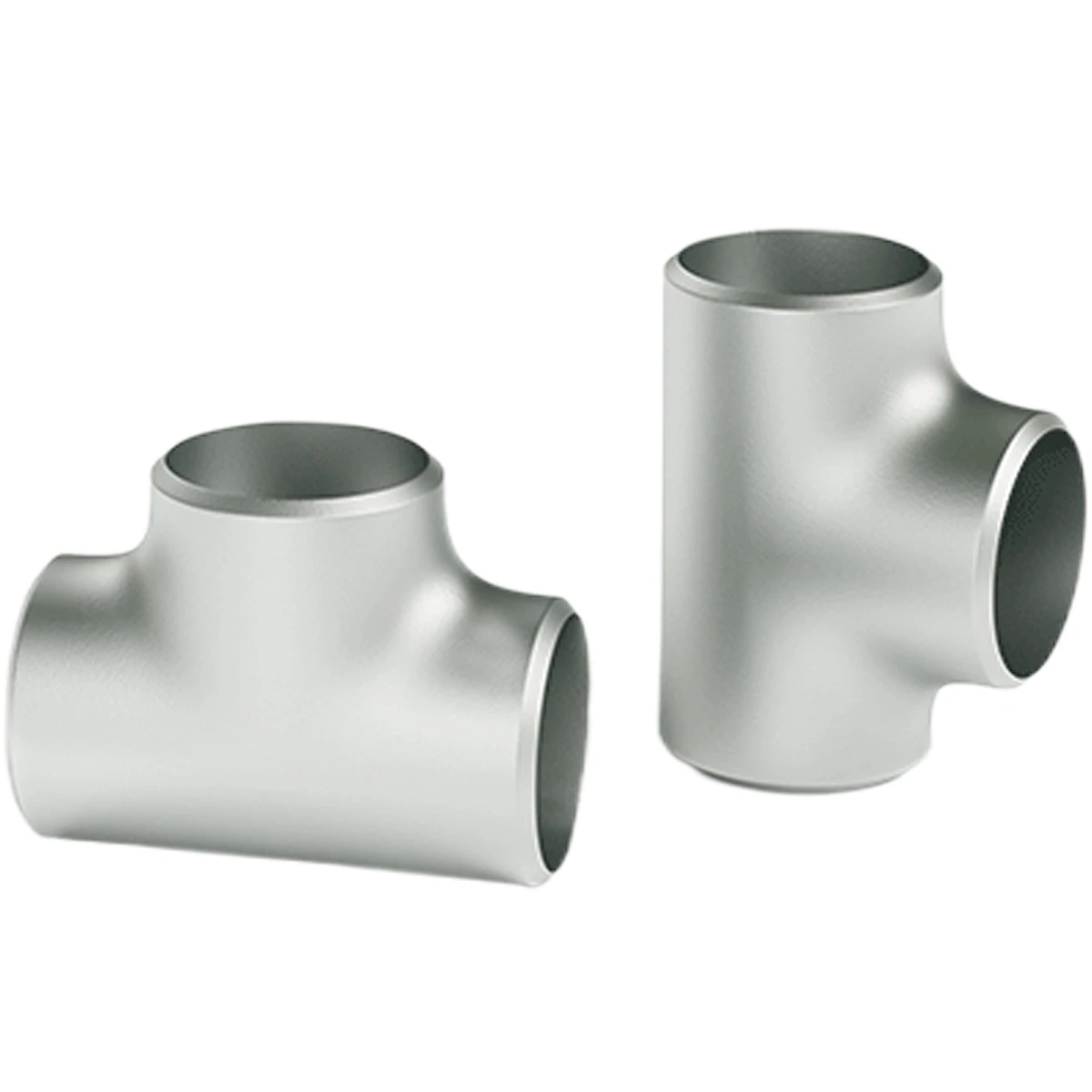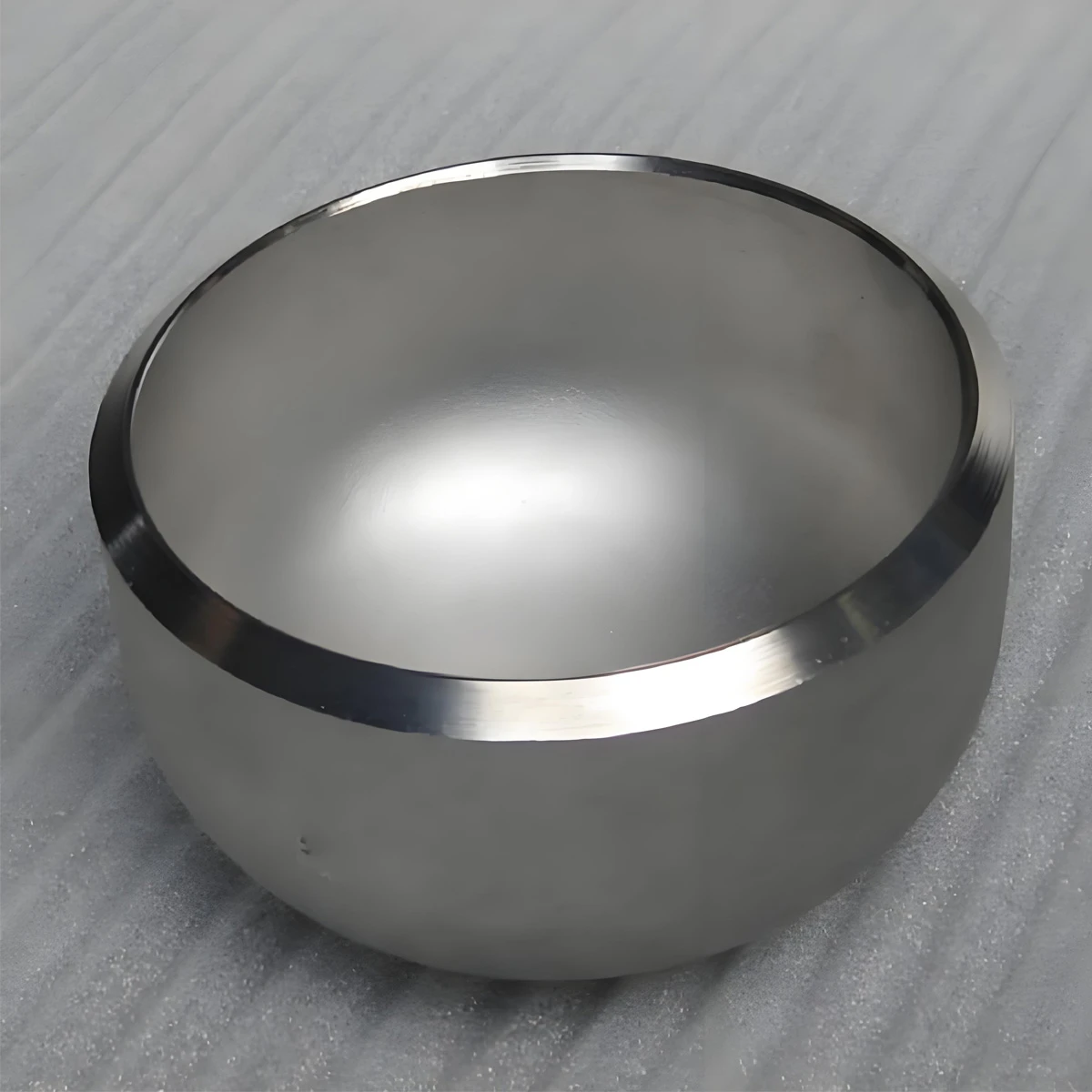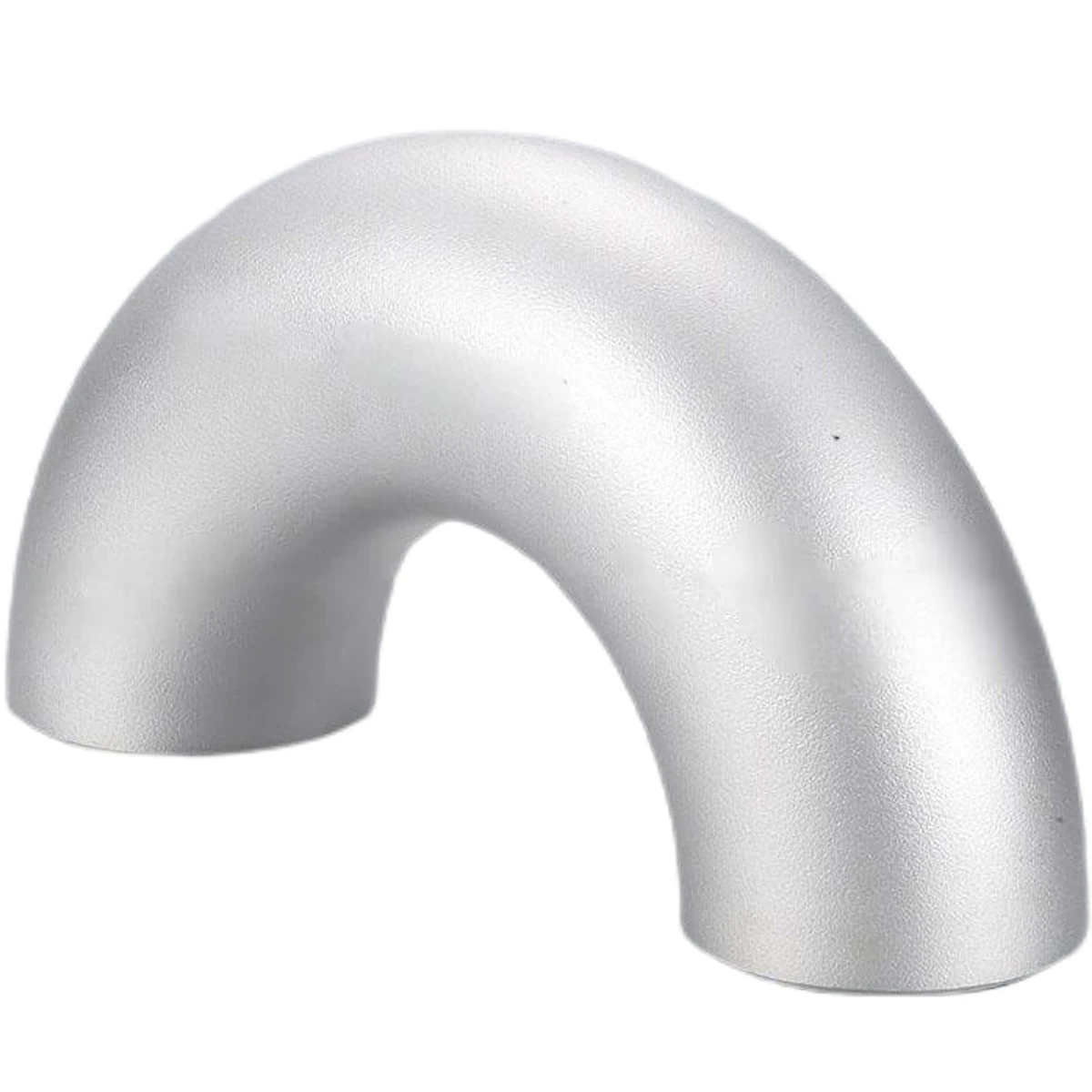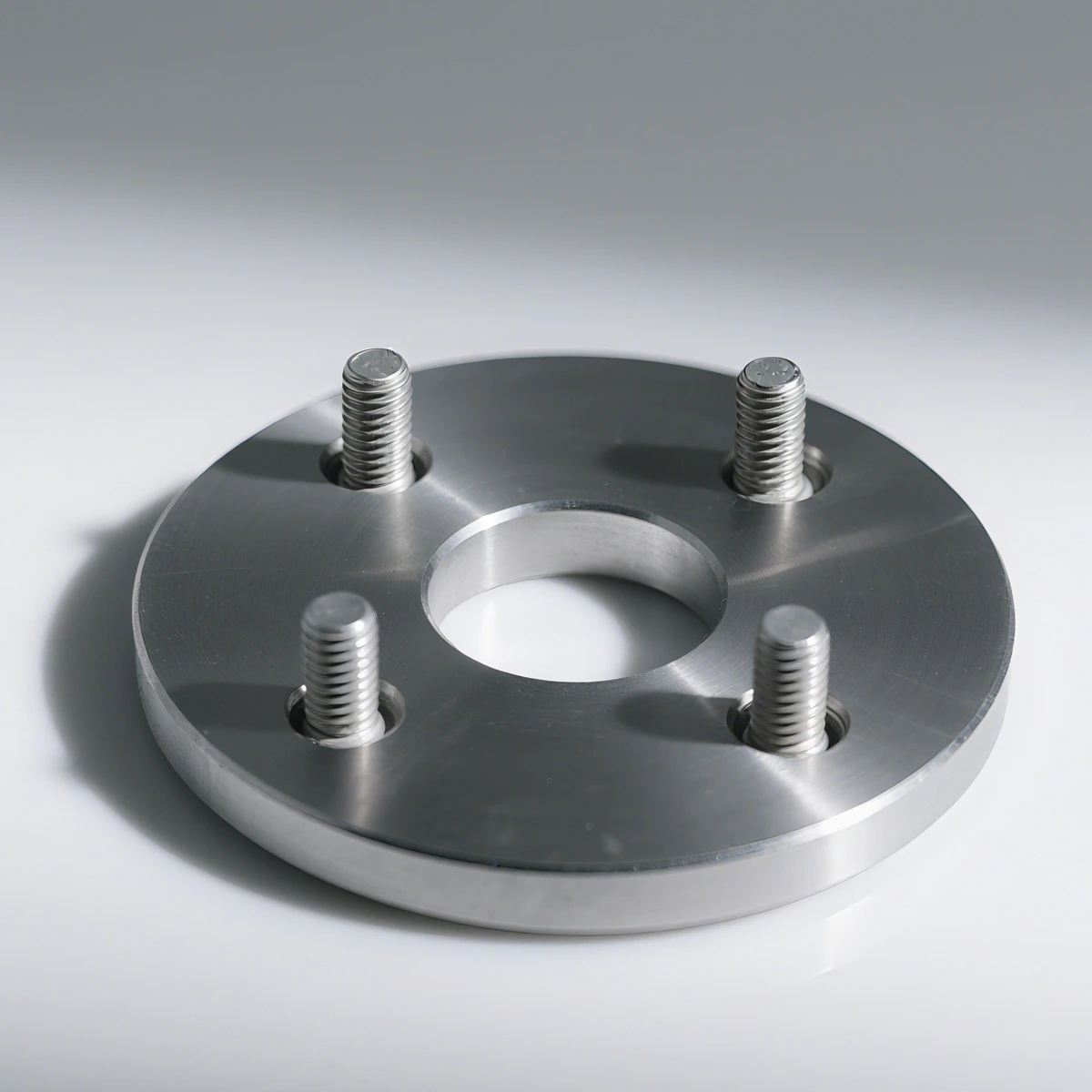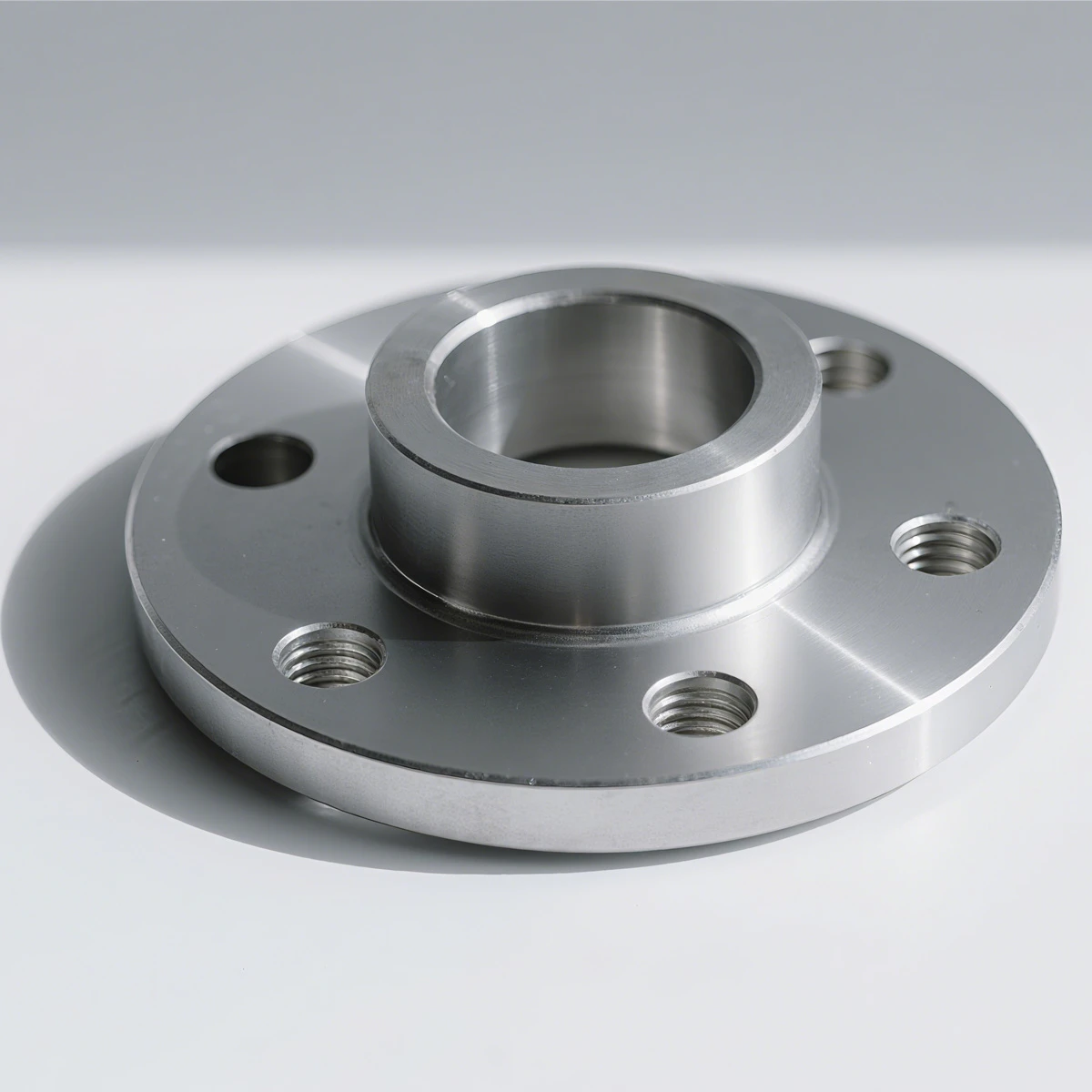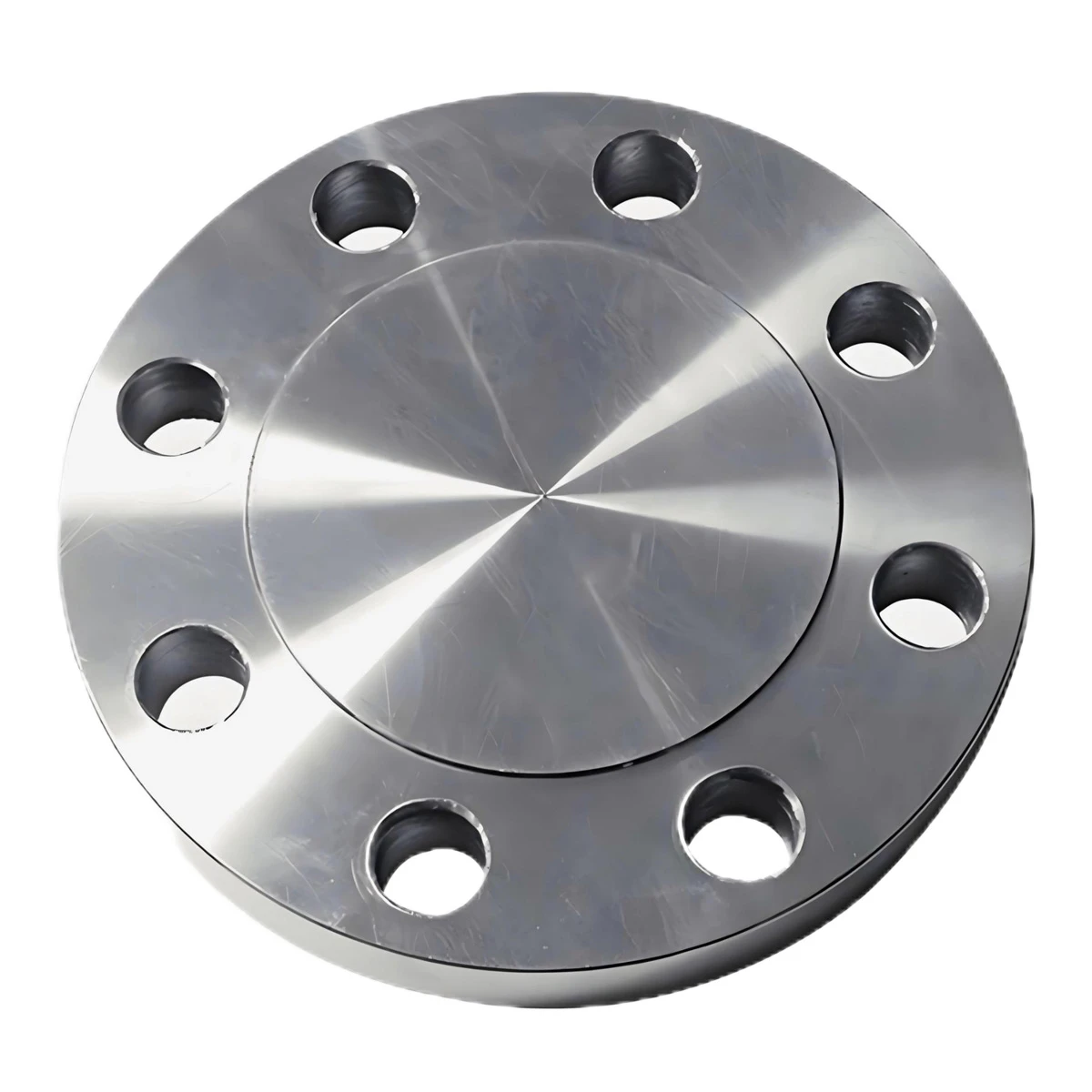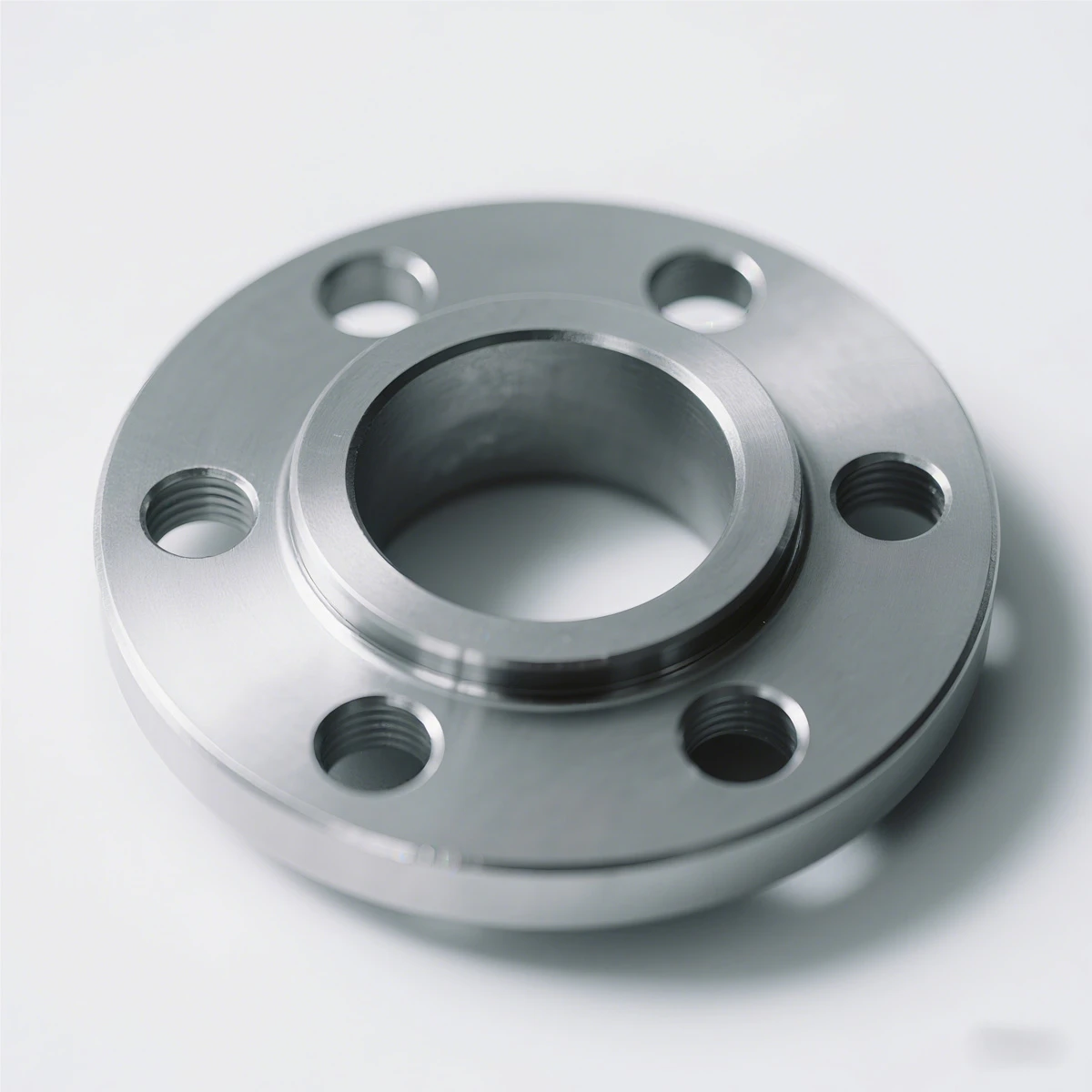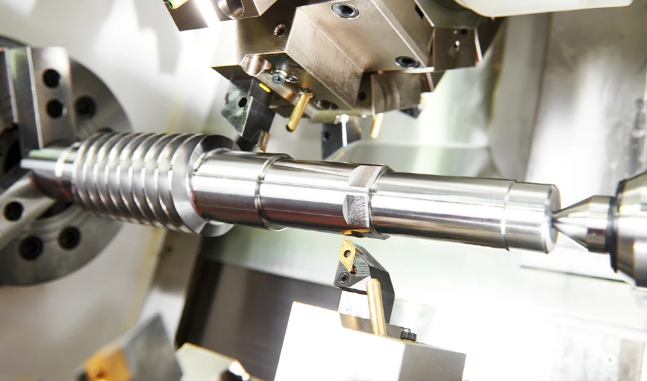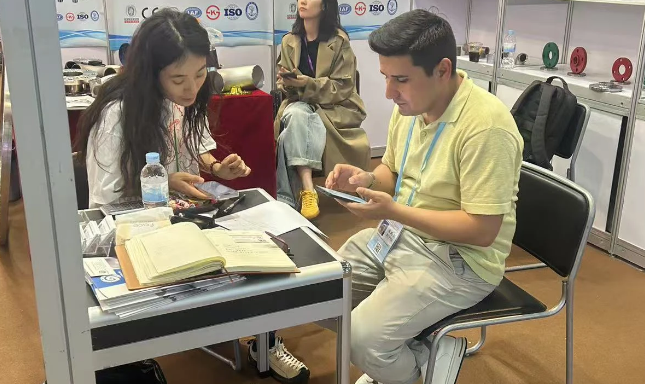Reducers are pipe fittings designed to connect pipes of different diameters, allowing for a smooth transition in flow between larger and smaller pipes. These fittings are crucial in systems where a change in pipe size is needed to control flow rates, pressure, or fit specific components. Reducers come in two main types: concentric reducers, where the centerlines of the large and small pipes are aligned, and eccentric reducers, where the centerlines are offset to maintain a level flow.
|
Reducers |
|
Description:Reducers |
|
Type: Concentric and Eccentric |
|
DN/INCH:20*15 ¾*½ - 900*850 36*34 |
|
MAR:CS(ASTM A105P235GH/P245GH/P250GH/P265GH/ST37-2)SS(ASTM A182/304/306) |
|
Surface Coating:Black paint/Galvanize/Grease/Epoxy paint |
|
Also known as Schedule 40 fittings, these have thicker walls than our thin-wall stainless steel unthreaded butt-weld fittings. They have beveled ends that, when flush to pipe, create a trough for a strong weld that permits maximum flow. |
Reducers are pipe fittings designed to connect pipes of different diameters, allowing for a smooth transition in flow between larger and smaller pipes. These fittings are crucial in systems where a change in pipe size is needed to control flow rates, pressure, or fit specific components. Reducers come in two main types: concentric reducers, where the centerlines of the large and small pipes are aligned, and eccentric reducers, where the centerlines are offset to maintain a level flow.
Manufactured from a variety of materials including carbon steel, stainless steel, alloy steel, and PVC, reducers are chosen based on the application’s pressure, temperature, and corrosion resistance requirements. They are commonly used in industries such as oil and gas, chemical processing, water treatment, HVAC, and power generation. The smooth transition provided by reducers minimizes flow turbulence, reduces the risk of pressure drop, and maintains system efficiency.
Reducers are available in various pressure ratings, sizes, and configurations to meet the specific needs of each piping system, ensuring compatibility with other components and overall system reliability.
Reducers Application
Our reducers are widely used in various industrial applications to enhance operational efficiency and performance. They are commonly found in material handling systems, conveyors, and automotive production lines, where they help reduce speed while increasing torque. In heavy machinery, our reducers ensure reliable power transmission, enabling smooth operation even under high-load conditions. Their versatility allows them to be integrated into diverse applications such as robotics, mixers, and crushers, improving overall system efficiency. With their compact design, our reducers are perfect for space-restricted environments, offering a reliable solution without compromising on performance. Additionally, their robust construction ensures long-term durability, making them ideal for industries like manufacturing, mining, and construction. By optimizing energy consumption and minimizing wear and tear, our reducers help extend the lifespan of machinery and reduce maintenance costs.
What are the types of reducers?
There are several types of reducers, each serving different purposes in mechanical and electrical systems. Here are some of the most common types:
Gear Reducers (Helical, Spur, Bevel)
These use gears to reduce the speed of a rotating shaft. Gear reducers are known for their reliability and efficiency, often used in machinery where torque needs to be increased while reducing speed.
Planetary Reducers
These have a compact design with multiple gears that work in unison. They offer high torque transmission and are typically used in applications requiring a high reduction ratio in a small form factor.
Cycloidal Reducers
These use a cycloidal motion to reduce speed and increase torque. They are commonly used in high-load, low-speed applications like conveyors, cranes, and heavy equipment.
Belt and Pulley Reducers
A more flexible solution where pulleys and belts are used to change the speed of a system. These are ideal for low-torque applications and often found in smaller machines or consumer appliances.
Hydraulic Reducers
These use fluid power to reduce speed and provide high torque. They are generally used in heavy-duty applications such as industrial machinery, presses, and cranes.
What is a reducer in piping?
A reducer in piping is a fitting used to connect two pipes of different diameters, allowing a smooth transition between them. It is designed to reduce or increase the flow of fluid from a larger pipe to a smaller one, or vice versa, without causing turbulence or disruption. Reducers are commonly used in systems where space constraints or flow requirements dictate the need for a change in pipe size. They come in two main types: concentric reducers (which maintain a centered, axial alignment) and eccentric reducers (which offset the centerline of the pipe). These fittings are essential in applications like water supply, HVAC systems, oil and gas pipelines, and chemical processing, where precise control of fluid flow is critical.
